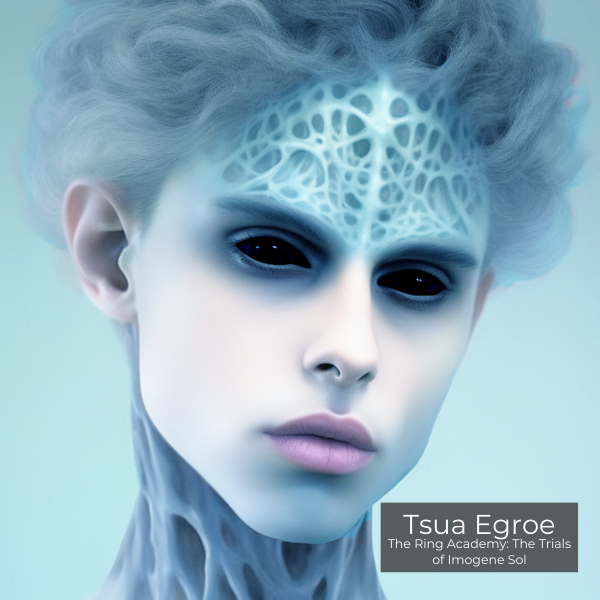So look…a lot of the same lessons I’ve mentioned from earlier posts apply here, but rather than be repetitive, here are three new ideas to twist the lesson which can be applied to any category of writing.
Asking the Right Questions
Read any info heavy science fiction novel (ah hem… Dune…) and you’ll understand that just like a fantasy story, it’s easy to get caught up in the minutiae of the information that defines the story. The problem, of course, is information dumping and information overload (which I’ll cover in a moment). This turns off most readers. What great writers in the category do well is parcel out information that is relevant to the necessary questions. Of course a reader has questions about the world, but not all the questions are necessary to the story. Not all of them fill in the gaps of the plot hole. While the author has a lot of the questions answered, that doesn’t mean the story needs all of them answered. The trick is identifying which ones need to be answered for the sake of the story.
One of my favorite dystopian writers is Paolo Bacigalupi (Ship Breaker, The Drowned Cities, and Tool of War). The cool thing that Bacigalupi does that I’ve seen some of my favorite fantasy writer’s employ is drop the reader right into the world and unfold the world around them as if the reader is already a member of the society. I LOVE this technique. A perfect literal example of this technique is The Maze Runner by James Dasher. The reader is Thomas dropped into the maze having to learn on the fly what’s what and how he fits in. The pros of this is that you avoid the pitfall of the info dump, and like the character, the reader uncovers the world and the conflict as they go.
There is inherent danger in losing the reader when an author embarks on information overload. I get the temptation to include all the cool things developed in world building, but just because it exists, doesn’t mean it’s relevant to the narrative arc. Well-written books in this category recognize this and employ an “as needed” methodology by understanding which questions need to be answered.
Which leads to the next point…
The Structure (the world and creatures)
Space opera (which encompasses Sci Fi/Dystopian) writers build worlds like fantasy writers, but then they destroy them. There is a methodology to this madness of course, even if they make it look effortless. But then consider that a wonderful fantasy story’s world is important to overall conflict from political machinations to traditions and systems impeding a hero’s journey. In Sci Fi/Dystopian the structure of the world and its demise is often the narrative architecture around which the conflict is built.
It’s clear when we enter habitat with Mark Watney in The Martian by Andy Weir, the structure of not only the immediate place is a functional place, but also that as a reader, the structure of the story is about survival. We are surviving with Mark, we are invested in his success, in the tension between learning he will connect with NASA. Or as we siphon through the missives of World War Z, the means by which author Max Brooks structured the novel makes it necessary to understand the hows and whys and what-fors in order to understand the movement of the narrative. The world, the creatures (think Alien) are so integral to the story, they can’t be removed or changed without impacting the overall narrative structure becoming a character in and of themselves.
Which then leads to:
Reader Story Interface
It might be easy to develop a story in this category so high above a reader’s understanding that it becomes inaccessible. But strong writer’s of this category make sure that the average reader is as much an expert as the scientist character or the super computer. Isaac Asimov is a great example of this. A very talented scientist (physicist), he was a pioneer in the science fiction realm of writing, making science fiction accessible (check out his Foundation series).
And really, that’s what any category is about right? Making the narrative accessible to the reader so that they fall in love with the story.






